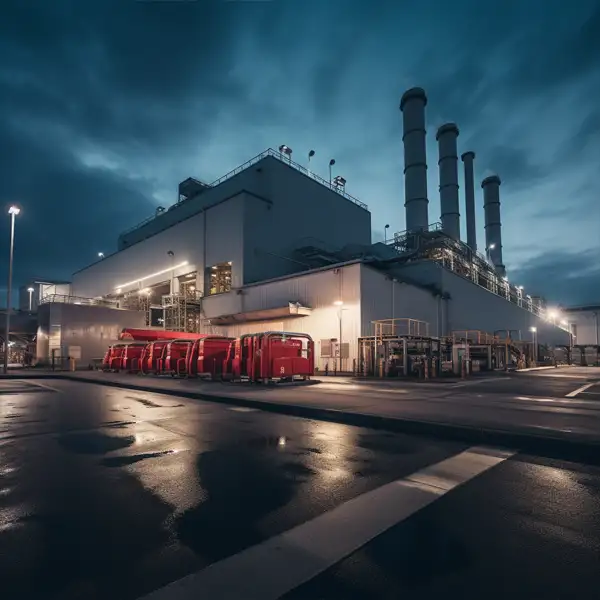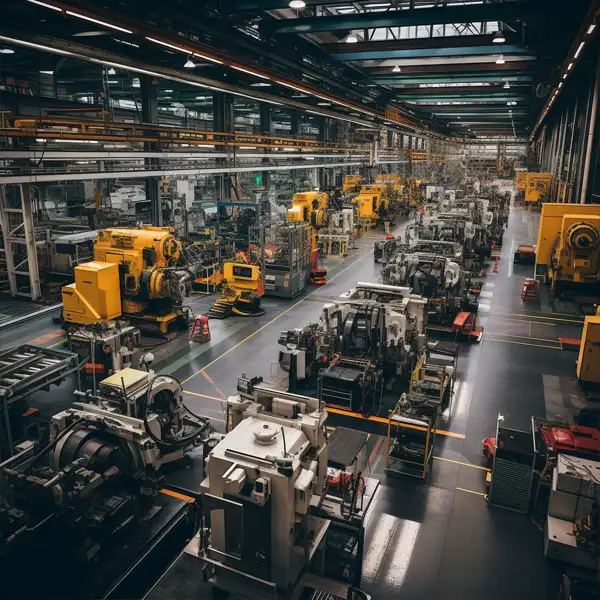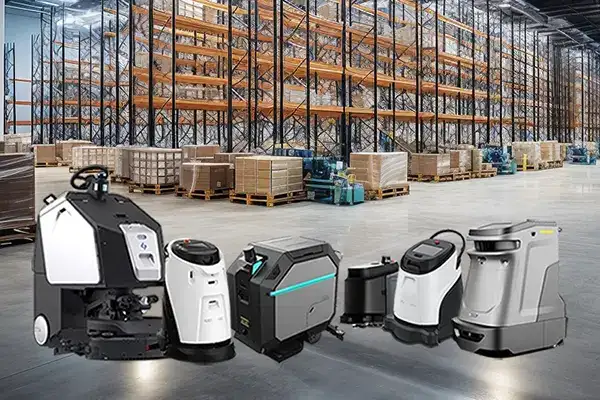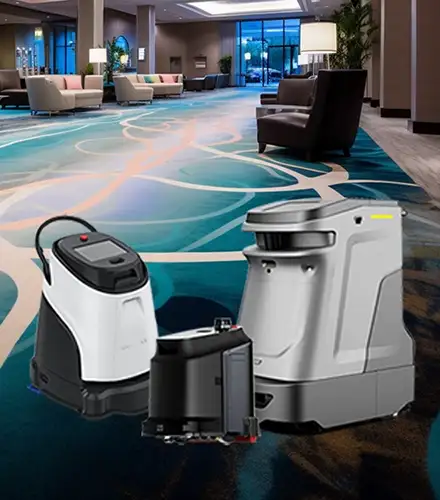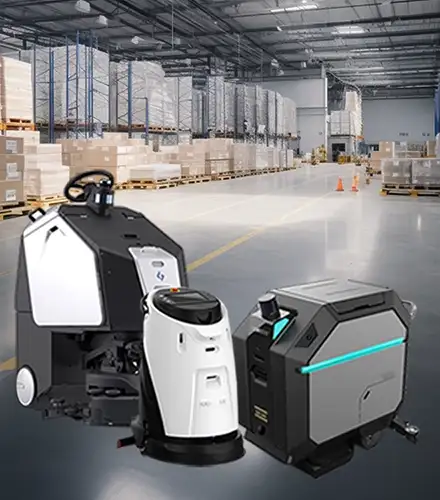The most rudimentary way of cleaning hard floors is with a mop and bucket, and we all know how long that takes. Typical quotes are half an hour to mop and rinse a thousand sqft of space, which means, for example, a large 50,000sqft floor would take a whole shift, if not more, to mop up and clean, not including any scrubbing effort. Autoscrubbers make the job a little easier but typical autoscrubbers in that caliber still end up taking 4 to 5 hours of labor to clean, not including the amount of time needed to fill the clean water tank, empty out the dirty water tank, top off any cleaning chemicals and any other maintenance involved. Based on our existing deployments, it would take one or two full time staff to mop and clean 50,000sqft on a daily basis, or around 300 to 500 hours of labor, with an autoscrubber, that comes down to about 150 hours of labor per month.
How do robotic floor scrubbers do? With the optional workstations, robotic floor scrubbers can go to fill up clean water on its own, drain out dirty water, go back to the workstation to charge up, take elevators if needed to the different floors and scrub away! For that same 50,000sqft example, it takes just 15 hours of labor per month, and that's on the conservative side just to visually inspect the machines to make sure they're in tip top shapce and replacing any consumables. Whereas both the mop and bucket method and the autoscrubber would use 20 to upwards to 50 gallons of water to clean that amount of space, our robotic floor scrubbers have filtration systems to reuse the water, using as little as 5 gallons to clean the same amount of space, how's that for green credits? Our floor scrubbing robots from smallest to largest are the
Phantas,
Scrubber 50,
Scrubber 60 and the
Scrubber 75.
